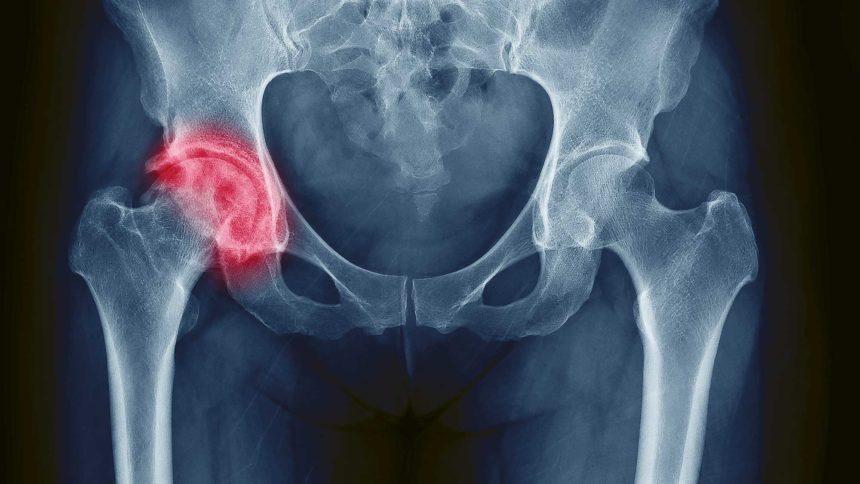
Additional efforts are needed to help patients get up to a healthy level of physical activity following total hip arthroplasty, according to the results of a recent study published in The Journal of Bone & Joint Surgery.
Even though a total hip arthroplasty is designed to provide people with a chance to be more physically active, researchers found that patients tend to be more sedentary, sleep worse, and perform less physical activity two years after the survey compared with their preoperative levels.
The findings agreed with previous studies that total hip arthroplasty leads to “significant and substantial” improvements in pain, function and quality of life. The new investigation, however, demonstrated that despite those improvements, few patients change their daily physical activity patterns in the two years following total hip arthroplasty.
Those observations “present a worrying picture that while patients have the opportunity to be more physically active through improvements in functional capacity, their physical behaviors do not change,” according to the researchers, led by Jasvir S. Bahl, Ph.D., of the University of South Australia, Adelaide, in collaboration with the University of Adelaide, Flinders University and the Royal Adelaide Hospital.



